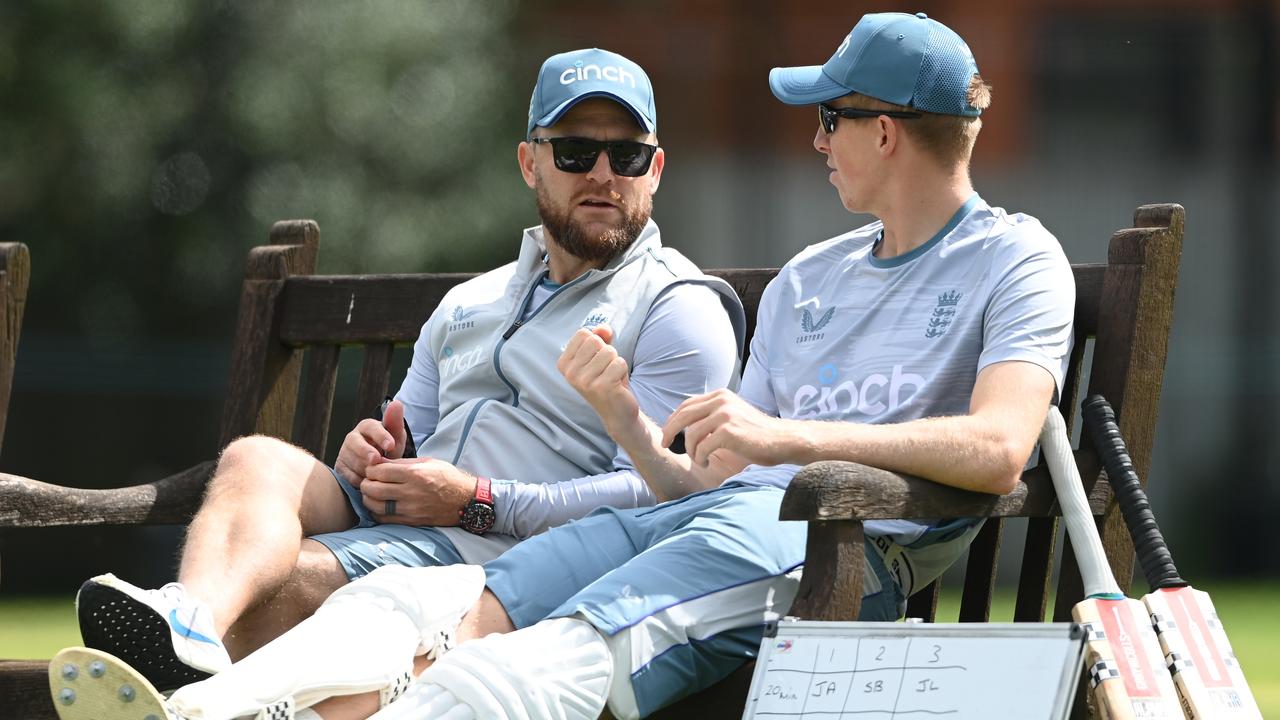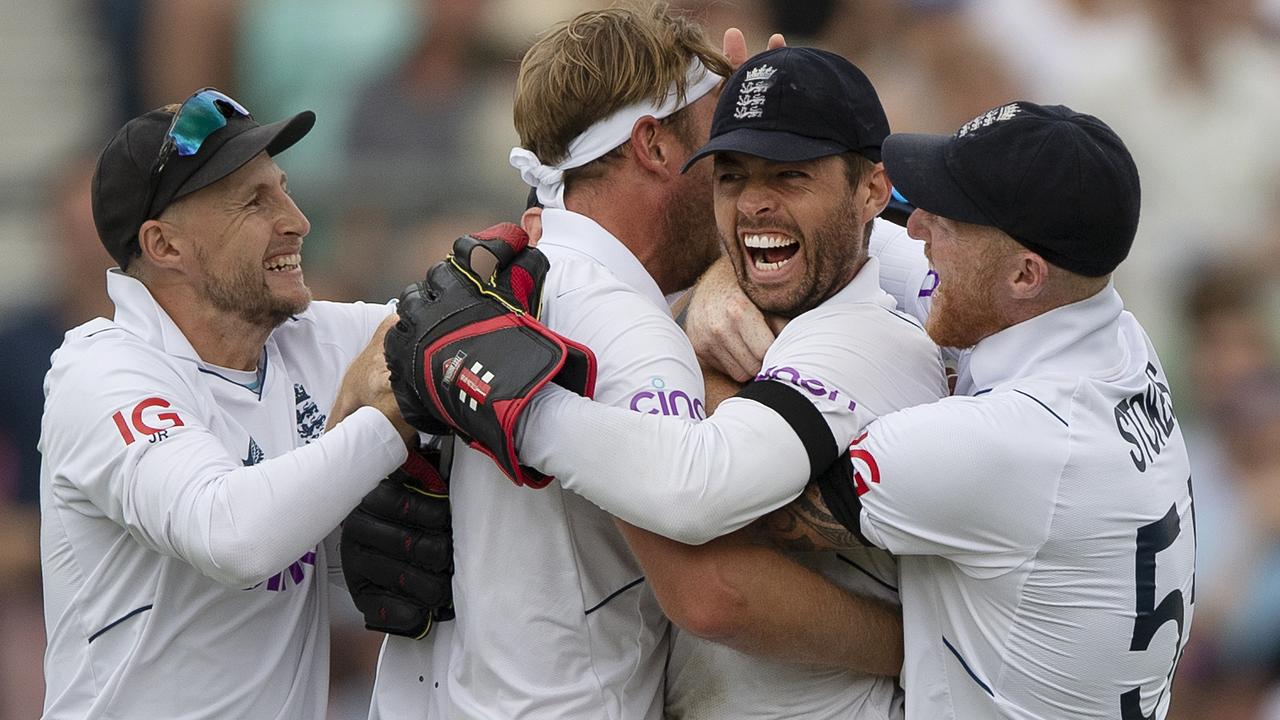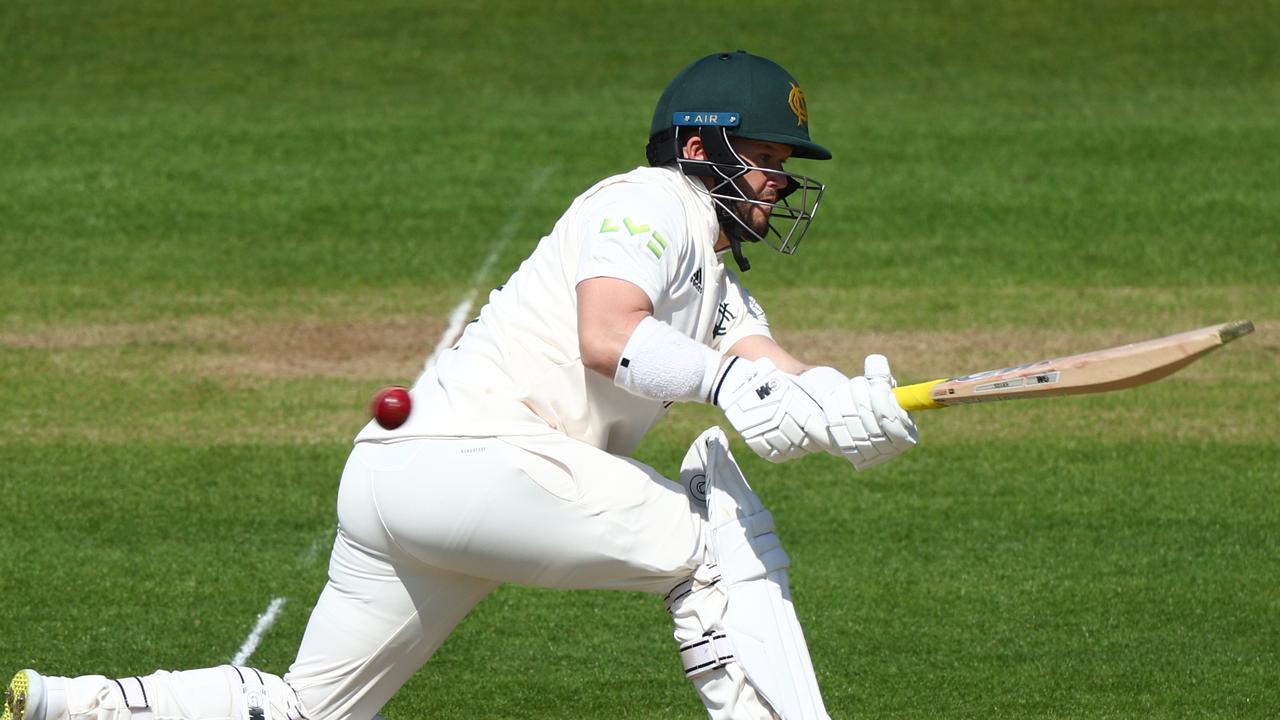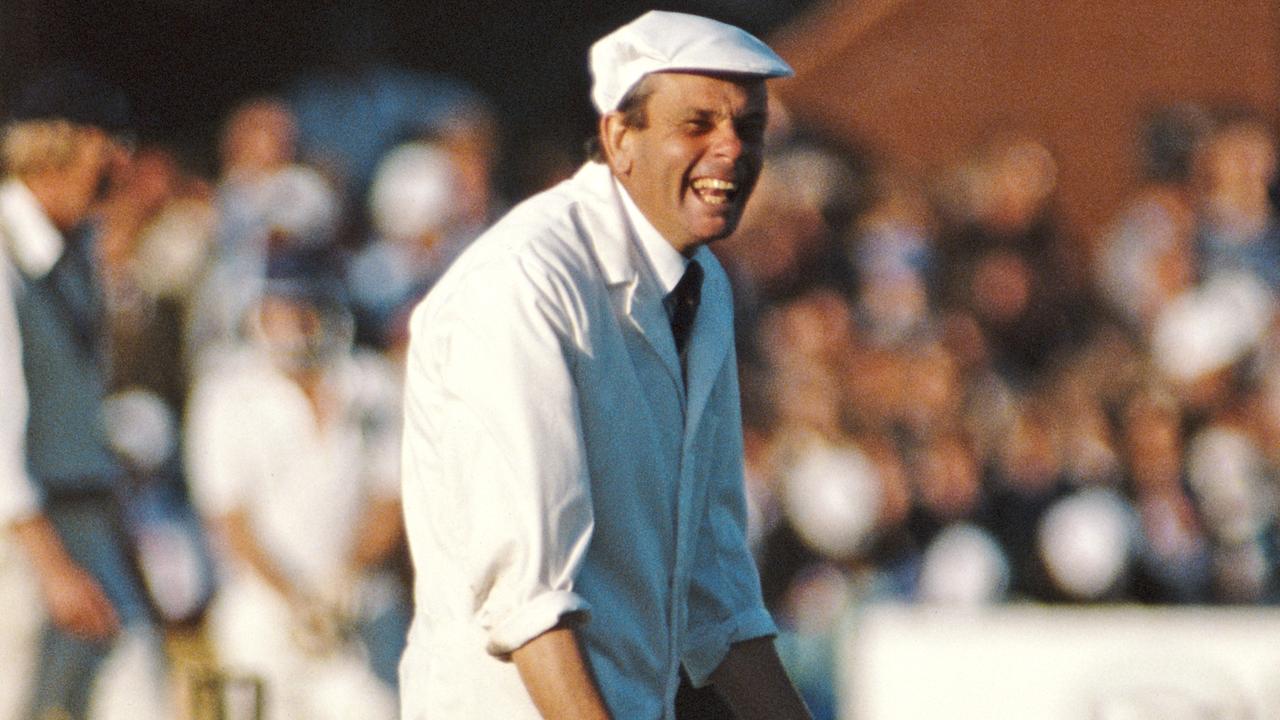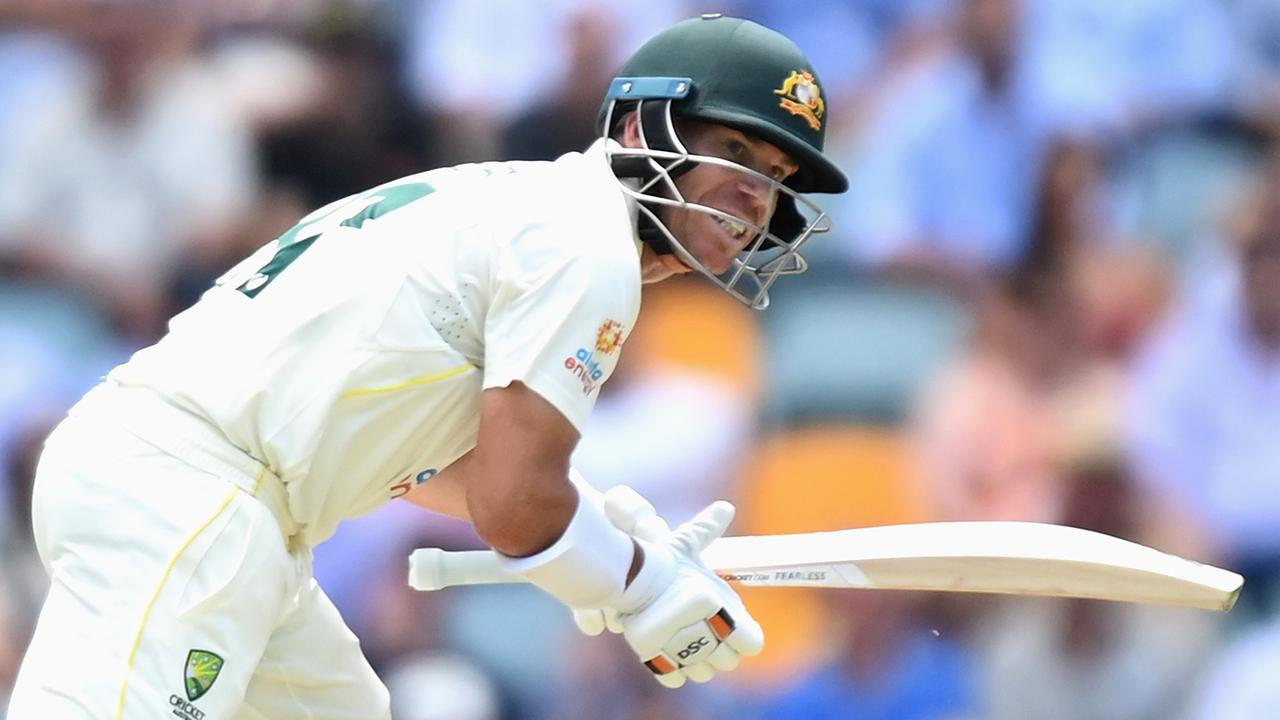Debate about England’s Ashes opening pairing should now be over. SIMON WILDE unpacks why Zak Crawley‘s half-century against Ireland is exactly the sort of innings Brendon McCullum would like to see.
It was easy, of course, to insert the riders, to add the asterisks.
It is only Ireland, and the Irish are without Josh Little, their liveliest and best fast bowler, who would surely have given the England openers more of a hurry-up. Australia will be tougher for sure. But you can only deal with what is in front of you, and Zak Crawley and Ben Duckett dealt with the early overs of the England innings in some style, if not quite flawlessly.
Crawley’s 56 from 44 balls was a typical contribution. He exhibited some luscious strokeplay as well as some ugly miscues, which could have brought his downfall on another less fortuitous evening. In the space of two overs he inside-edged three drives to the fine-leg boundary. But while he was at the crease, the bowlers increasingly felt the heat. They might have started with four slips, but finished with fields of Brownian motion.
Duckett was more efficient and more in control. He lashed balls to both sides of the wicket but was content to bide his time a little more. Duckett’s fifty required 53 balls – still fast by most standards, if not necessarily those of this extraordinarily impatient batting line-up – whereas Crawley, whose morale was no doubt boosted by the sharp catch he held at second slip, got to his in just 39 balls.
The difference in tempo is probably an indicator of one of several contrasts between two complementary batsmen; Crawley the right-hander who stands 6ft 5in, Duckett the lefty at 5ft 9in. Duckett trusts his defensive game more and might therefore hope to go on to big scores more often, while Crawley perhaps fears that his game will let him down sooner rather than later, so best to get on with things while he can.
Brendon McCullum, England’s head coach, spoke well of this facet of Crawley’s game in the lead-up to this Test during a Sky Sports podcast in which he compared Crawley’s methods to his own as a Test batsman for New Zealand between 2004 and 2016.
Asked whether he was asking Crawley to “chase the moments” in the way that he had, McCullum said: “That is exactly what we are asking Zak to do and what Zak wants to do … I see some similarities in us as players, going back to that time when I was trying to conform, [dealing] with fear of failing and trying to become a consistent player. I saw what it did to my game. My offensive game was a lot better than my defence.
“Zak has a much stronger offensive game and we believe in his ability to put opposition teams under pressure. He’s going to nick out for nought playing a big, extravagant shot, he’s going to miss one trying to whip it through the leg side. But what we look at is the impact you can make on games. I think back to Pakistan, that first innings [in Rawalpindi] when he made 14 off the first over, and a couple of low run chases last summer … little things like that make a significant impact. You’ll [sometimes] have your day out – your double hundred off 180 balls or 100 off 120 that wins the match. That is what we believe. Ultimately you have to have conviction with what you do – total backing of our players.”
McCullum also said in a press conference earlier in the week that he saw no reason why Crawley would not open against Australia at Edgbaston on June 16, and after this performance – even with the provisos we can insert – that will surely be the case now. Had Crawley fallen cheaply, the England camp would have faced more questions about their errant opener, even if they were still going to stick to their guns.
A score of 50-odd is not as conclusive a start as it might have been – Crawley looked furious as he trudged off after Fionn Hand took a juggling return catch – but this session of play has made things easier for everyone.
Most important in England’s eyes, Crawley and Duckett gave the innings the explosive start they wanted, the sort that rocks the opposition back on their heels, and creates greater scoring opportunities for those who follow.
Focus on averages and the numbers are largely underwhelming. Crawley’s Test average now stands at 28.06, which beyond question is modest. Duckett, who in his first Test on home soil was unbeaten on 60 at stumps, sells his wicket in Tests at 42.37, which is more respectable but not outstanding.
However, as an opening partnership they are building a record that is unmatched – 593 runs in 11 starts at a rate of 5.85 runs per over. No other first-wicket pair in Test history have scored at faster than five runs an over, though several pairings involving Virender Sehwag came close. Here they brought up England’s 100 in 15.2 overs, the second fastest century start for England in Tests behind a record they set in Rawalpindi.
As for Duckett, no one who has opened in Tests at least three times, and for whom the data exists, has ever scored faster than his 89.06 runs per 100 balls.
Seize the initiative and keep it – that is England’s philosophy. And the way their openers batted on this sun-drenched evening illustrated that approach to perfection.
Originally published as ‘Chase the moments’: How England opener Zak Crawley is embracing Brendon McCullum’s mantra
